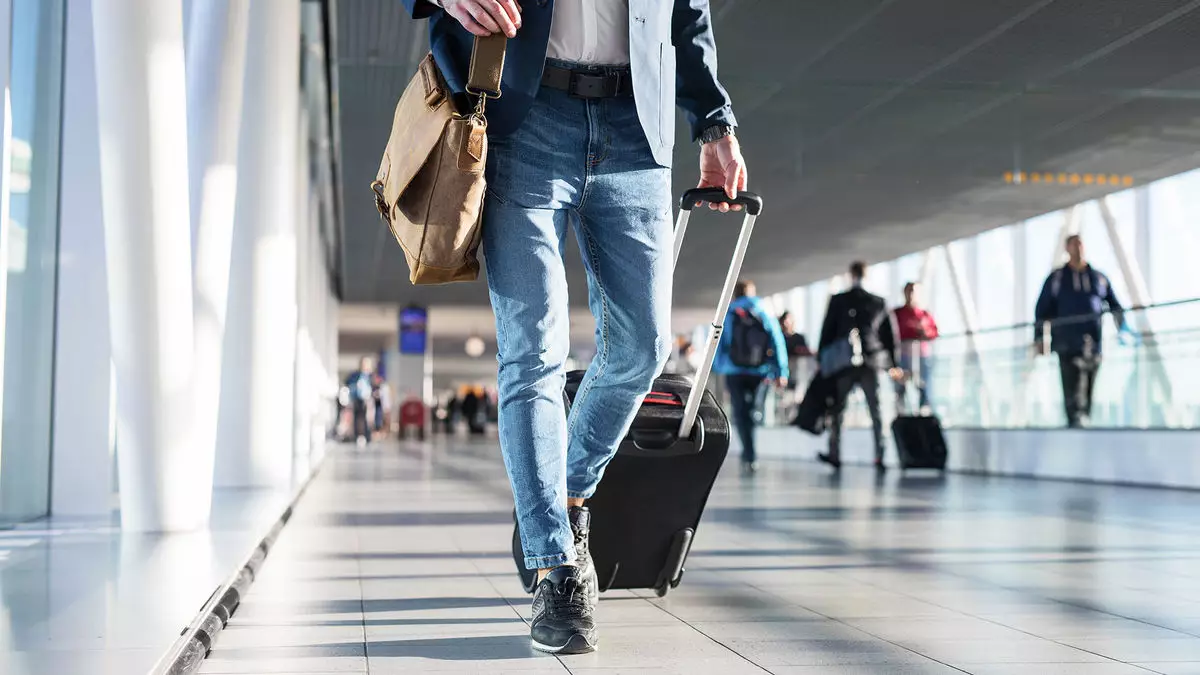The U.S. travel industry faces a perplexing conundrum as both domestic and international travel exhibit troubling trends, leaving stakeholders grappling with a multitude of factors at play. According to the U.S. Travel Association, the turbulence can be traced to shifting economic paradigms, with a strong dollar acting as a formidable barrier for international visitors. The ramifications are particularly stark as illustrated by recent data from OAG, indicating a staggering 70% drop in advanced bookings from Canada—the primary source of international travelers to the U.S. during the upcoming summer season.
This downward trajectory has compelled experts to reassess the future of inbound travel in the United States. Tourism Economics recently revised its forecast from a promising 8.8% growth to a more sobering prediction of a 5.1% decline by 2025. Such a dramatic shift should raise alarms, particularly when it is acknowledged that a 12.3% reduction in inbound travel spending could translate into a staggering $22 billion loss for the industry—a figure that reverberates throughout the economy.
The Interplay of Economic Policies and Travel Demand
At the heart of these adverse trends lies the intricate interplay between economic policy and travel demand. With global trade tensions simmering, there is a palpable sense of uncertainty. However, while the U.S. Travel Association has not explicitly linked tariffs or trade policies to the current travel downturn, it has pointed to a litany of other concerns such as lengthy visa wait times and questions surrounding America’s welcoming nature. These elements combine to create a less appealing environment for potential visitors.
Moreover, the prevailing sentiment among travelers expressing safety concerns cannot be understated. In an era where global travel is vulnerable to geopolitical and social factors, ensuring a perception of safety becomes fundamental—not just for enhancing visitor numbers but for instilling confidence in travel as an industry. The U.S. Travel Association’s assertion that these obstacles necessitate “decisive action” underscores the urgency of the moment.
The Role of Collaboration in Industry Resilience
Amidst the challenges, there emerges a clear path forward through collaboration, underlining the importance of industry and government synergy. The U.S. Travel Association is actively engaging with policymakers to place travel at the forefront of economic strategies. The stark reality is that travel not only fuels economic growth—injecting a substantial $1.3 trillion into the economy and supporting 15 million jobs in 2024—but also serves as a critical indicator of the country’s global standing.
Investing in policies that promote travel and addressing the fundamental concerns that deter visitors will be crucial. As economic landscapes evolve, stakeholders must recognize that the resilience of the travel sector depends on a proactive approach that acknowledges the interconnectedness of global economies.
The profound implications of declining travel numbers are not just limited to the tourism sector; they ripple out, affecting a broad spectrum of industries and local economies. Therefore, the call for collaboration among industry leaders and lawmakers is not merely strategic; it is essential for reversing the current trajectory and reinvigorating the U.S. travel landscape.


Leave a Reply